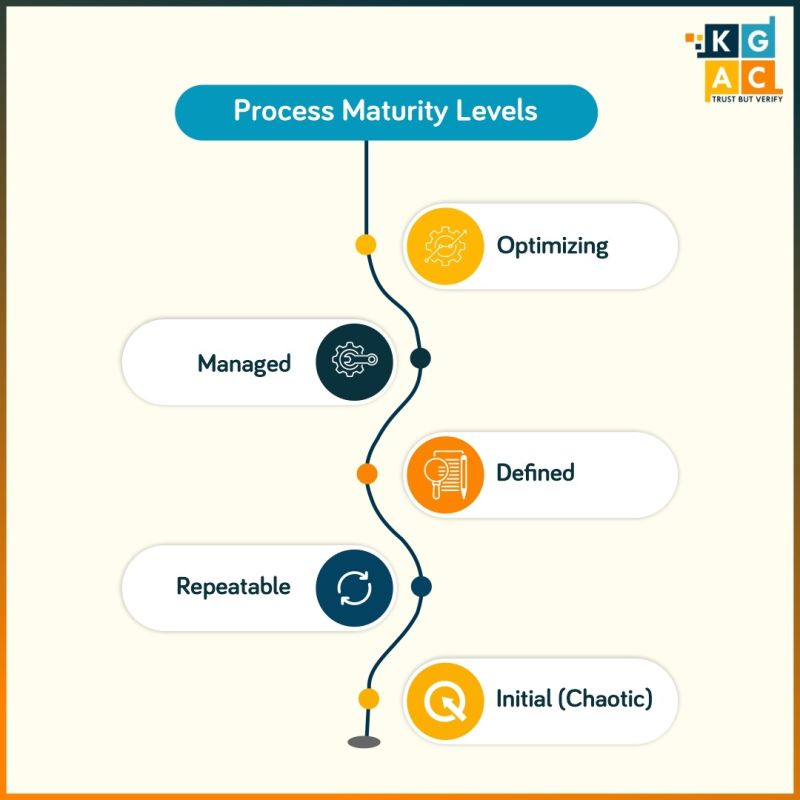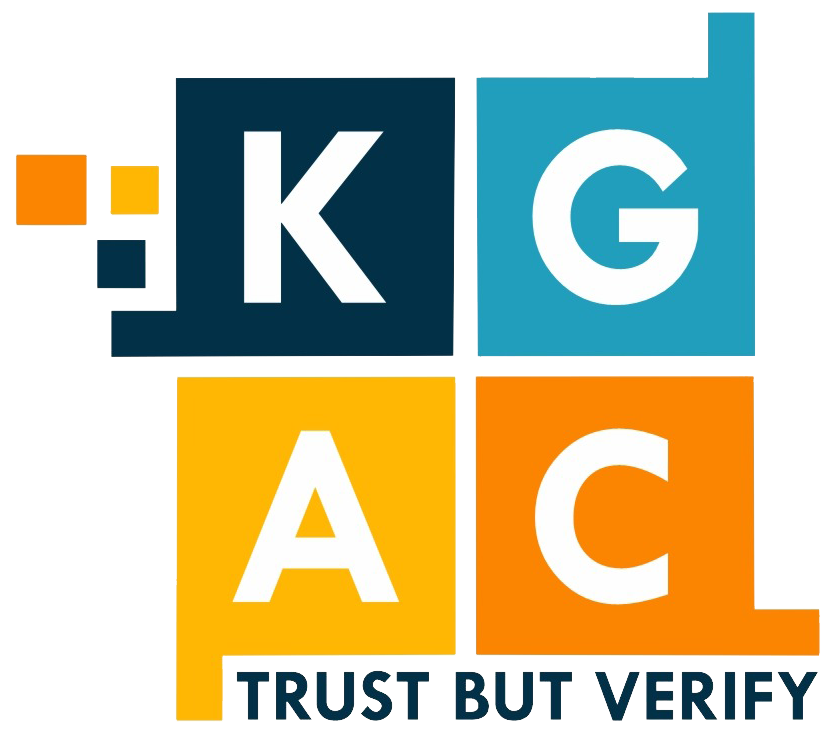
Organizations are made up of hundreds and often thousands of processes. Strategic leaders often need help with process issues such as waste, quality, inconsistency, and continually falling through the cracks, all symptoms of processes at low maturity levels.
If we can identify, understand, and diagnose essential processes with low maturity levels, we can start to fix them and improve our overall efficiency and effectiveness.
𝗪𝗛𝗔𝗧 𝗔𝗥𝗘 𝗣𝗥𝗢𝗖𝗘𝗦𝗦 𝗠𝗔𝗧𝗨𝗥𝗜𝗧𝗬 𝗟𝗘𝗩𝗘𝗟𝗦?
Process maturity levels are different maturity states of a process, which serve as a helpful aid to reference the maturity of a particular method and the next level of maturity for a procedure.
The five levels of process maturity are:
𝗟𝗲𝘃𝗲𝗹 𝟭 – 𝗜𝗻𝗶𝘁𝗶𝗮𝗹 (𝗖𝗵𝗮𝗼𝘁𝗶𝗰)
Level 1 processes are ad hoc, often chaotic, uncontrolled, and poorly documented.
In a new organization, we often find many Level 1 processes. They are typically critical processes that aren’t a focus of everyday work, so they slip through the cracks. Quickly make someone responsible for essential Level 1 processes and have them map the process and create a standard operating procedure (SOP).
𝗟𝗲𝘃𝗲𝗹 𝟮 – 𝗥𝗲𝗽𝗲𝗮𝘁𝗮𝗯𝗹𝗲
Level 2 processes are typically repeatable, sometimes with consistent results. The process knowledge usually resides in a person’s head. It probably is not well-defined and lacks discipline.
We’ll often come across Level 2 processes that are the domain of a gatekeeper, who thinks they’ll create job security if they need to learn how they do a specific process. Quickly remedy the situation by having them document and start improving the process.
𝗟𝗲𝘃𝗲𝗹 𝟯 – 𝗗𝗲𝗳𝗶𝗻𝗲𝗱
Level 3 processes are formally defined and documented as a standard operating procedure so that someone skilled without prior knowledge can successfully execute the process.
If we have many Level 3 processes that are well defined, often in standard operating procedures, we can consider ourselves lucky. The next step is to manage and optimize them.
𝗟𝗲𝘃𝗲𝗹 𝟰 – 𝗠𝗮𝗻𝗮𝗴𝗲𝗱
Level 4 processes are managed through process metrics, controls, and analysis to identify and address areas of opportunity. The next step is the continuous improvement of the processes.
𝗟𝗲𝘃𝗲𝗹 𝟱 – 𝗢𝗽𝘁𝗶𝗺𝗶𝘇𝗶𝗻𝗴
Level 5 processes are optimized using the necessary diagnostic tools and feedback loops to continuously improve the efficiency and effectiveness of the processes through incremental and step-function improvements and innovations.
In our next blog, we will dive deep into how to use the Process Maturity Level.
